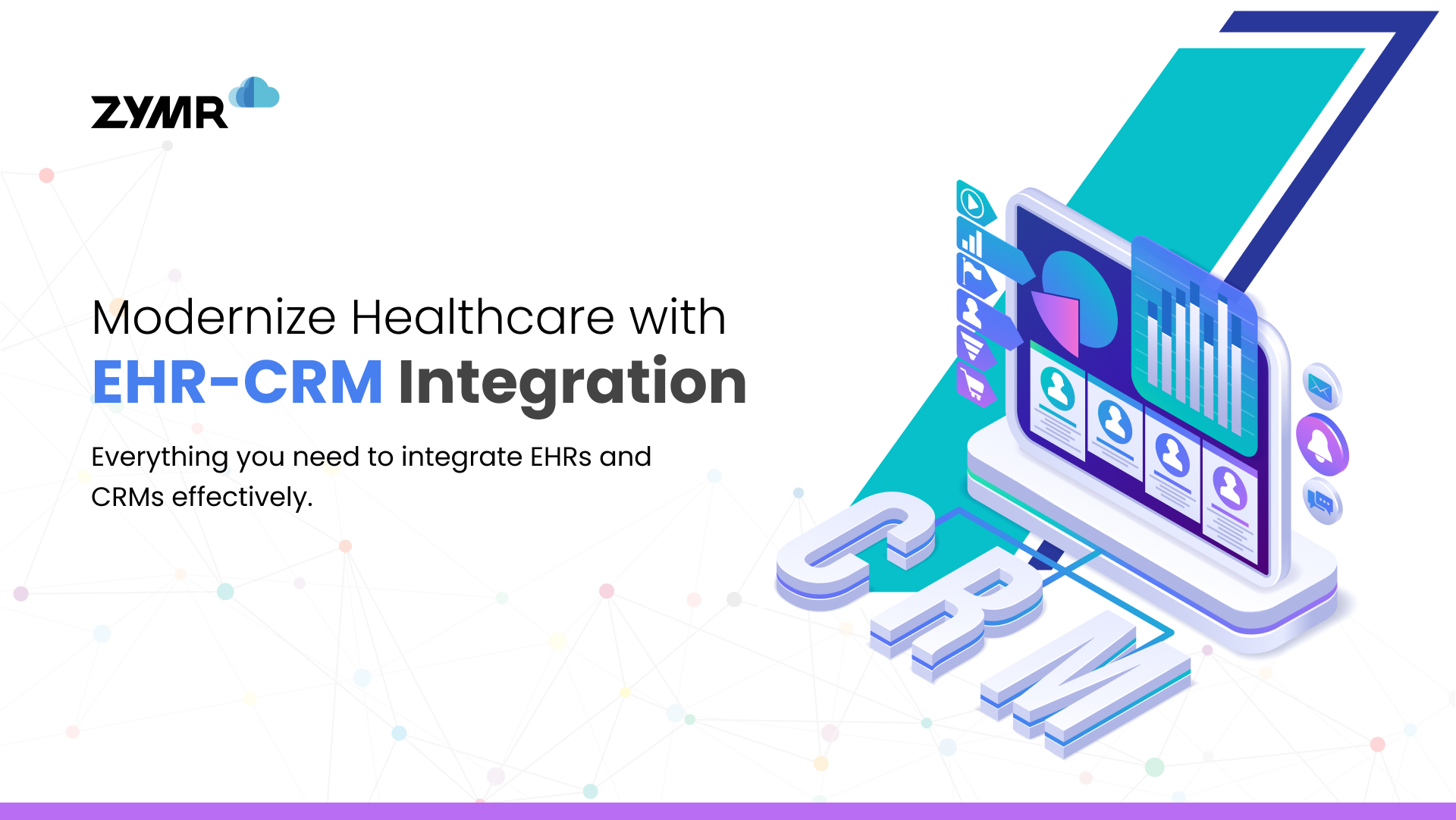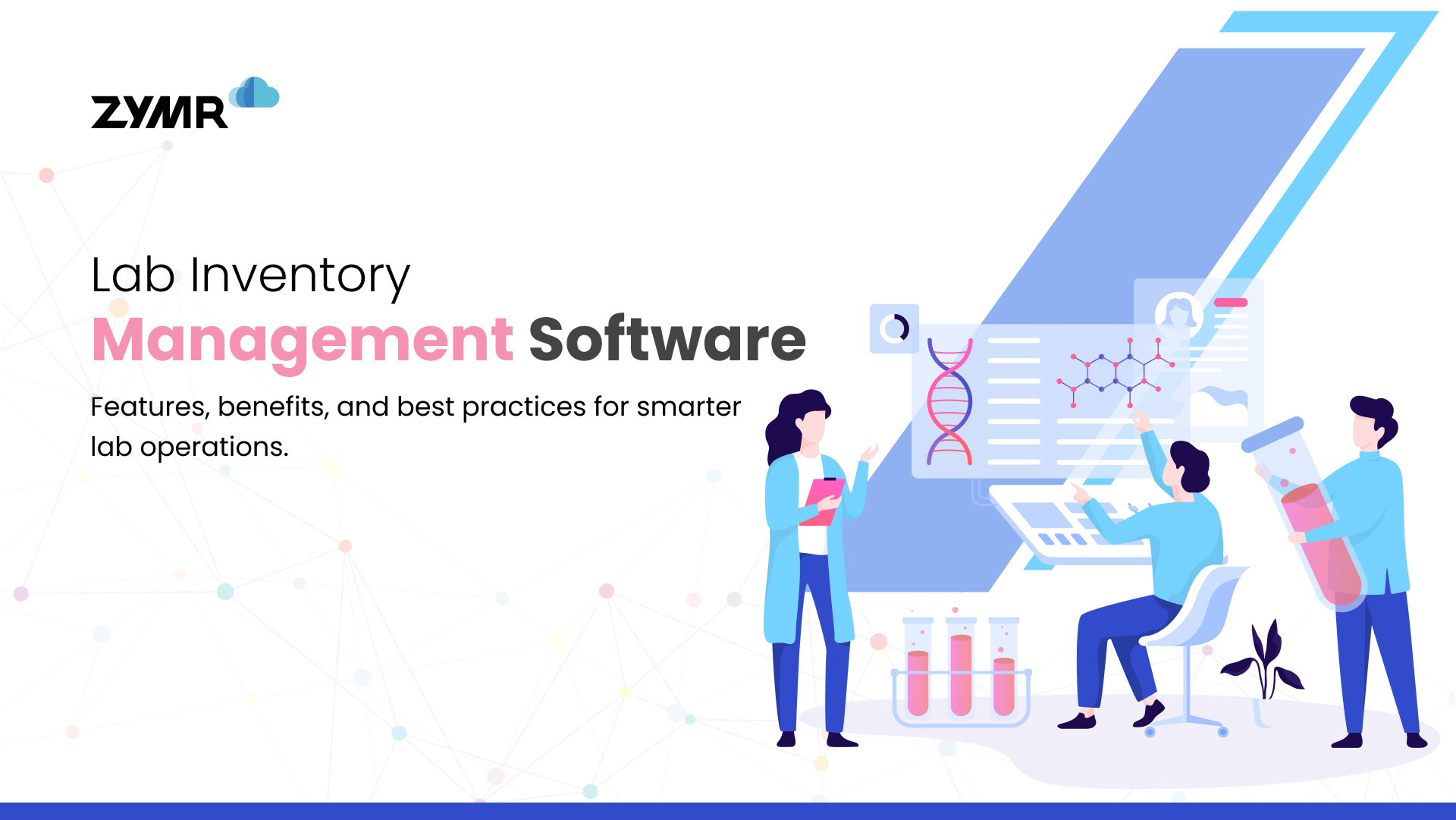A Comprehensive Guide For Elevating Quality with Automated QA Testing

July 22, 2024
QA automation testing
In today's fast-paced software development world, quality assurance (QA) is critical to the success of any project. QA automation testing is an efficient and effective way to ensure that your software meets the desired quality standards. In this ultimate guide, we will discuss everything you need to know about QA automation and testing services.
QA automation testing is the process of using automated tools to test software applications. It involves running pre-scripted tests on a software application to find bugs, defects, or other issues that could affect its quality. Automated tests can simulate real-world scenarios, enabling QA teams to identify and address issues early in the development cycle.
Testing services refer to the broad category of services that are provided by third-party testing companies or organizations. Testing services can include manual testing, automated testing, performance testing, security testing, and other types of testing.
There are many testing services available, including:
- QA Automation Testing: The goal of QA automation testing is to ensure that software meets the desired quality standards and provides a smooth and error-free experience for end-users. Some of the benefits of QA automation testing include time and cost savings, consistency, scalability, and accuracy.
- Manual Testing: Manual testing is often used in the early stages of software development to validate the functionality and usability of an application. The main advantage of manual testing is that it allows testers to use their intuition and experience to identify issues that may not be detected by automated testing tools. However, manual testing can be time-consuming and may not be practical for large-scale testing efforts.
- Performance testing: This involves testing the performance of an application or system under specific conditions, such as high traffic or load. Performance testing helps identify bottlenecks and other issues that may affect the application's responsiveness and scalability.
- Security testing: Involves identifying vulnerabilities in an application or system that could be exploited by attackers. Security testing may include penetration testing, vulnerability scanning, and other techniques.
- Usability testing: This type of testing focuses on the user experience of an application or system. It involves testing how easy it is to use the application, how intuitive the user interface is, and whether users can complete tasks efficiently.
- Accessibility testing: This type of testing ensures that an application or system can be used by people with disabilities, such as those who are visually impaired or have mobility issues. Accessibility testing involves testing features such as keyboard navigation, screen readers, and color contrast.
- Localization testing: This type of testing ensures that an application or system works properly in different languages and cultures. Localization testing may include testing the user interface, content, and other aspects of the application or system.
- Compatibility testing: This type of testing ensures that an application or system works correctly with different hardware, software, and configurations. Compatibility testing may involve testing the application on different operating systems, browsers, and devices.
Improving Quality and User Experience With QA Automation
Businesses are drawn towards QA automation testing for its ability to improve the efficiency and quality of their software development process. To address the challenges in SDLC and provide an excellent experience to end-customers, companies are making significant changes to products and services. QA automation testing is essential to ensure the quality of these changes and avoid any negative impact on the user experience. Implementing a robust automated testing strategy can include functional, regression, and performance testing. This helps companies identify and address issues early in the development cycle and ensure that the changes are of high quality before being released to end-users.
Here are some important QA automation testing benefits:
- Time and Cost Savings: Allowing QA teams to test more extensively and find defects early in the development cycle. This reduces the need for expensive and time-consuming manual testing, ultimately saving time and costs in the long run. Additionally, automation helps reduce the time required for regression testing when updates or new features are added, reducing costs associated with testing.
- Consistency: Automated tests run the same set of test cases every time, ensuring that the same scenarios are tested repeatedly without human error. This consistency ensures that all potential issues and bugs are identified and resolved, ensuring the software meets the desired quality standards.
- Scalability: Automated tests can be easily scaled up or down based on the size and scope of the project. This scalability is particularly useful for businesses that have high-traffic websites or complex software applications that require extensive testing.
- Accuracy: Automated tests They run the same tests consistently, reducing the chance of mistakes or missed bugs. Automation testing can also reduce the need for human intervention during testing, increasing the accuracy and effectiveness of the testing process. As a result, businesses can be confident in the quality of their software applications and avoid costly issues and downtime caused by software failures or bugs.
A Test For Every Quality Standard
Software applications are complex and have many different components that need to be tested. A wide range of automation tests is designed to address a specific aspect of the software and to provide comprehensive testing coverage. Different automation tests require different tools, frameworks, and programming languages, which means that different tests may be more suitable for different types of software applications. For example, web applications may require more functional and GUI-based tests, while mobile applications may require more performance and security-based tests.
There are several types of QA automation testing, including:
- Functional Testing: This type of testing involves scrutinizing the application against the desired specifications and ensuring that it meets the expected behavior. Functional testing can include testing the user interface, input validation, data manipulation, and error handling. The goal of functional testing is to ensure that the software application meets the desired quality standards and provides a smooth and error-free experience for the end-users.
- Regression Testing: Regression testing is a type of automation testing that is used to verify that changes made to the software application have not introduced new defects or caused any unintended effects. Regression testing involves running previously passed test cases to ensure that the existing functionality has not been affected by the changes made. The goal of regression testing is to ensure that the software application remains stable and continues to meet the desired specifications after any changes or updates.
- Load Testing: This one tests the software application's ability to handle a large number of users or requests. It involves simulating high levels of user traffic or requests to test the application's performance under stress. Load testing helps identify performance bottlenecks and scalability issues that may occur when the application is used by a large number of users or requests. The goal of load testing is to ensure that the software application can handle high levels of traffic and requests without any performance issues or downtime
- Integration Testing: a type of automation testing that focuses on testing the interaction between different components or modules of a software application. It involves testing how different modules or components interact with each other and verifying that they work seamlessly together. Integration testing helps identify any integration issues or conflicts that may occur when different modules or components are combined. The goal of integration testing is to ensure that the software application functions as a cohesive unit and that all components work together seamlessly.
- Performance Testing: Performance testingIt involves testing the application's response time, throughput, and resource utilization under different levels of stress or load. Performance testing helps identify performance bottlenecks, memory leaks, and other performance issues that may affect the software's performance. The goal of performance testing is to ensure that the software application can handle high levels of traffic or requests while maintaining optimal performance and providing a smooth and seamless experience for the end-users.
Conclusion
QA Automation Testing Services is a crucial component of software development, and one of the most relevant of testing services. It helps to ensure that software applications meet the desired quality standards, saving time and costs, and increasing efficiency. There are many types of QA automation testing, and testing services available to help organizations streamline their testing efforts. By implementing QA automation testing, organizations can deliver high-quality software applications that meet the needs of their customers.
FAQs
>
>
>
>
>
Have a specific concern bothering you?
Try our complimentary 2-week POV engagement
Our Latest Blogs

December 30, 2025
The Ultimate Guide to EHR-CRM Integration: Benefits, Use Cases & Best Practices


December 29, 2025





.svg)
.svg)
.svg)
.svg)
.svg)
.svg)
